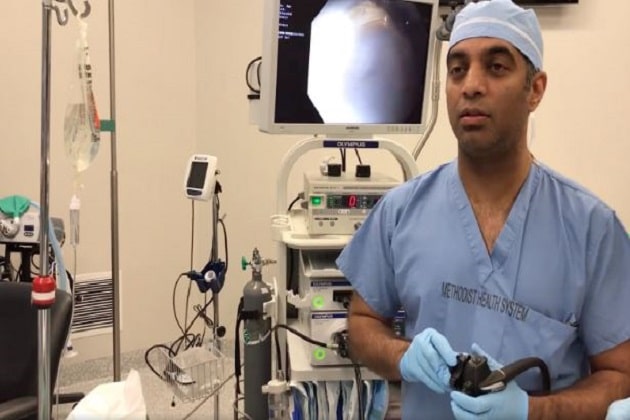
May 19, 2020
Obesity is a health concern faced by many people in the world and can lead to some serious health issues which progressively get worse. Getting rid of the excess weight is the only way to reclaim good health. Weight loss procedures such as endoscopic sleeve gastroplasty are a safe and effective option for those in whom diet and exercise fail to give the desired results. Endoscopic sleeve gastroplasty is low risk and allows for a quick return to your daily life. Continuing on this topic, we present all you need to know about endoscopic sleeve gastroplasty. Read on.
Who is a candidate for endoscopic sleeve gastroplasty?
This minimally invasive surgical technique is usually recommended for patients who are morbidly obese and also do not qualify for bariatric surgery. These are often people with a BMI above 30 for whom endoscopic sleeve gastroplasty represents the best way to shed the excess weight. However, not everyone who is overweight is a candidate for this procedure. A screening process helps doctors establish whether or not you stand to benefit from the procedure. Moreover, you must also be willing to commit to a healthy lifestyle and undertake behavioral therapy. People with conditions such as gastritis, peptic ulcer, or those with large hiatal hernia are examples of patients that are not ideal candidates for the procedure.
The Procedure
Prior to undergoing endoscopic sleeve gastroplasty, the surgeon will administer general anesthesia before carrying out the procedure. The device used for the procedure is a flexible tube with an endoscope and a camera attached to it. It is designed to enter the stomach through the throat. A camera attached to the device enables the surgeon to view things properly and avoid making incisions in the abdomen. The doctor places sutures in the stomach with the help of the endoscope to change the structure of the stomach making it look like a tube. This change in the stomach’s structure puts a limit on the amount of food a patient can eat. The whole procedure takes about 60-90 minutes to complete.
Weight Loss Results
Patients who complete the program and follow all the guidelines can expect to lose about 20% of their weight in a year. The procedure helps in overcoming various health conditions such as:
- High blood pressure
- Osteoarthritis
- Types 2 diabetes
- Heart disease or stroke
- Severe sleep apnea
Wrap Up
Patients with excess weight can expect to lose about 30%-60% of excess weight within the first few months of the procedure. This helps in getting rid of weight-related issues such as high blood pressure, sleep apnea and diabetes. Recovery from minimally invasive weight-loss surgical procedures is faster and patients are less prone to undesirable side effects. If you are looking for an ESG specialist in Dallas or Fort Worth, TX, or wish to discuss your suitability for the procedure with an expert surgeon, our team of weight loss specialists at DFW Bariatrics and General Surgery are here to help. To book an appointment, call us at 469-620-0222. You can also fill out our contact form.
